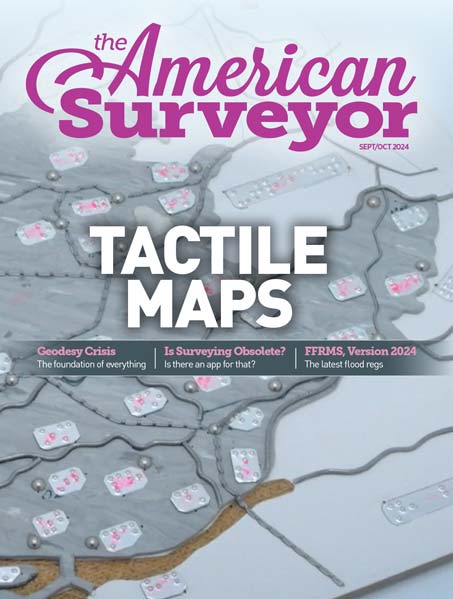"Interpreting January construction statistics is always tricky because the seasonal adjustments can never precisely reflect the impact of any given winter or weather system"—ABC Chief Economist Anirban Basu.
Nonresidential construction spending fell 2 percent in January, which is the largest setback to spending since January 2014, according to the March 2 release from the U.S. Census Bureau. However, at $614.1 billion on a seasonally adjusted, annualized basis, nonresidential construction spending still is 4.8 percent higher than one year ago. In addition, the spending estimate for December 2014 was revised downward from $627.1 billion to $627 billion and November’s figure was revised from $624.8 billion to $621.9 billion.
"Interpreting January construction statistics is always tricky because the seasonal adjustments can never precisely reflect the impact of any given winter or weather system," said Associated Builders and Contractors Chief Economist Anirban Basu. "New England, among other places, was hit heavily by snow in January and this could explain the monthly decline in nonresidential construction spending.
"Additionally, nonresidential construction spending enjoyed positive momentum through the end of 2014 and, until January, had registered spending growth in five of the previous six months," Basu said. "It is also possible that the West Coast port slowdown impacted construction volumes, including by reducing material availability."
Three of 16 nonresidential construction subsectors posted increases in spending in January on a monthly basis.
• Communication construction spending gained 0.7 percent for the month, but is down 1.5 percent for the year.
• Highway- and street-related construction spending grew 0.2 percent in January and is up 8.7 percent compared to the same time last year.
• Manufacturing-related spending expanded by 4 percent in January and is up 22.5 percent for the year.
Spending in 13 nonresidential construction subsectors declined in January.
• Health care-related construction spending fell 2.3 percent for the month and is down 2.5 percent for the year.
• Education-related construction spending fell 3.6 percent for the month and 0.4 percent on a year-over-year basis.
• Spending in the water supply category dropped 7.5 percent from December, but is 3.3 percent higher than at the same time last year.
• Construction spending in the transportation category fell 1.7 percent on a monthly basis, but has expanded 8.9 percent on an annual basis.
• Public safety-related construction spending declined 6.7 percent on a monthly basis and is down 14.5 percent on a year-over-year basis.
• Commercial construction spending decreased 5.7 percent in January, but is up 14 percent on a year-over-year basis.
• Religious spending fell 11.4 percent for the month and is down 12.4 percent compared to the same time last year.
• Lodging construction spending is down 4.4 percent on a monthly basis, but is up 18.2 percent on a year-over-year basis.
• Sewage and waste disposal-related construction spending shed 7.5 percent for the month, but has grown 16 percent on a 12-month basis.
• Power-related construction spending fell 1.1 percent for the month and is 13.2 percent lower than at the same time one year ago.
• Conservation and development-related construction spending fell 5.1 percent for the month but is up 25.6 percent on a yearly basis.
• Office-related construction spending declined 1.7 percent in January but is up 13.7 percent from the same time one year ago.
• Amusement and recreation-related construction spending fell 3.2 percent on a monthly basis but is up 19.3 percent from the same time last year.
• Sewage and waste disposal-related construction spending fell 2 percent for the month, but has grown 10.5 percent on a 12-month basis.
To view the previous spending report, click HERE.
